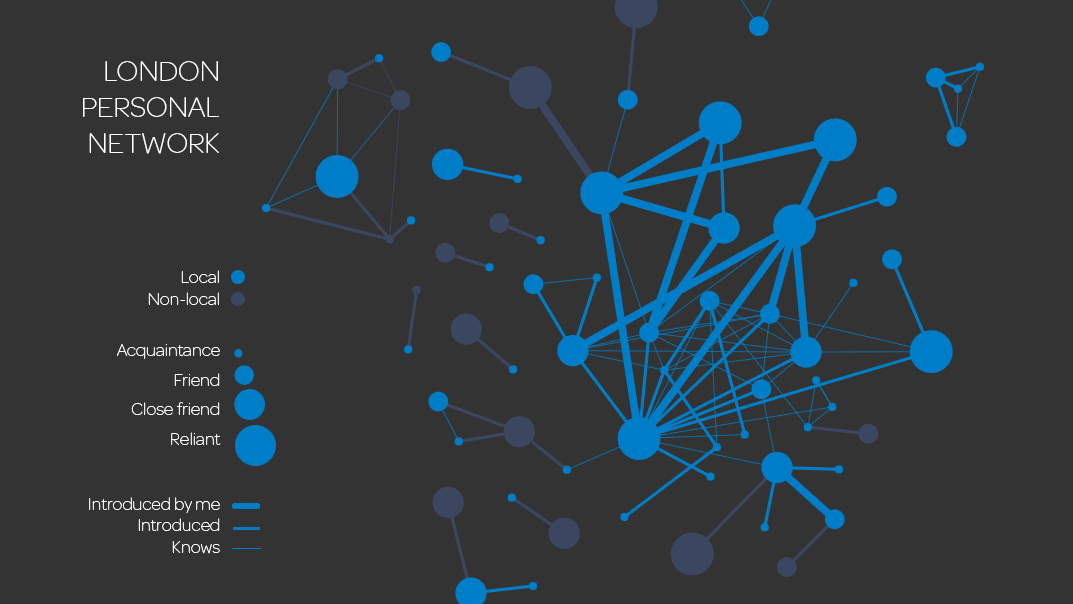How I invested 8760 hours in 2017
Inspired by Kunal Gupta’s How I Invested 2504 Hours post, I decided to perform my own audit for 2017. My goal was to compare how I actually invested my time to the ideal 24 hours I imagined back in 2016. This way, I could decide if I wanted to change my time allocation for 2018 and implement habits to help me do so. Back in 2016, here’s what I outlined for a typical day: Sleep and restorative (sleep and naps) – 7 hrs / 30% Creative and productive (content creation, workshops, culture) – 7 hrs / 30% Eating and social (meals, coffee, drinks) – 5 hrs / 20% Active and physical (exercise, walking, sex) – 3 hrs / 12% Quiet and reflective (meditation, reading, bath) – 2 hrs / 8% The results. All in, I was able to account for about 80% of my time in 2017. Of that time, a third was scheduled, a third was unscheduled estimates and a third was sleep. While the math is obvious, it was still surprising to internalise that spending …




